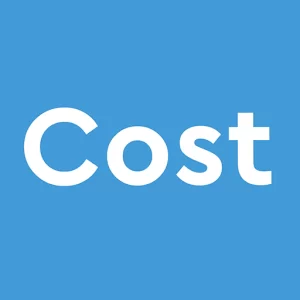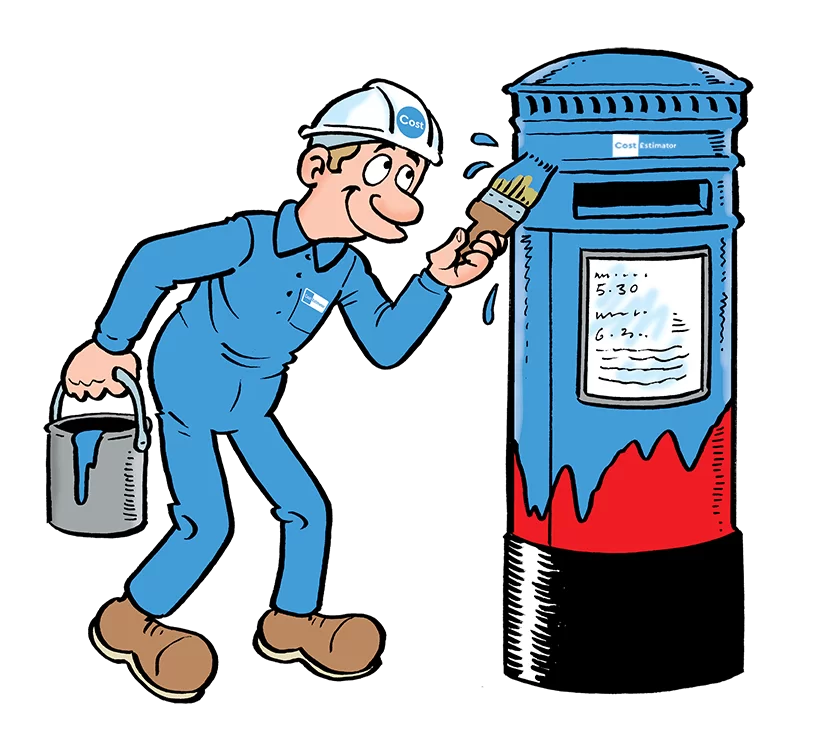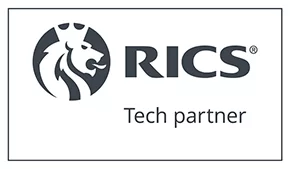As a contractor in the bustling construction industry, receiving payments is not as simple as presenting an invoice. A plethora of documentation, proof of completed work, and detailed schedules are essential before a cheque is issued. The cornerstone of these requirements is the payment application.
Understanding Payment Applications in Construction
A payment application, often conducted similar to an invoice, is a detailed collection of documents that substantiates the payment requests for work completed or materials provided. These applications manage the intricacies of construction projects, ensuring a clear and justified payment process.
A payment application, often conducted similarly to an invoice, is a detailed collection of documents that substantiates the payment requests for work completed or materials provided. For an in-depth look at how invoicing works in construction, check out A Contractor’s Guide to Construction Invoicing.
Why Payment Applications are Integral to Construction Projects
Compared to the usual invoice, payment applications come packed with significant details and documents. It’s a node connecting risk management, assuring quality, and maintaining the schedule of the project. Here’s why they’re pivotal:
- Risk Management: They mitigate potential financial risks by ensuring subcontractors provide documented evidence of expenditure.
- Quality Assurance and Schedule Maintenance: They act as a progress report, confirming that contractors have both started and completed sections of work with accuracy.
When to Send a Payment Application?
Timing is crucial, and contractors usually align their payment applications with the contract’s draw schedule. Often, this involves monthly submissions where all project parties have pre-agreed on dates. For a more detailed understanding of how progress payments work, read our Guide to Construction Progress Payments.
Key Components of a Payment Application
Navigating through the necessary documentation can be daunting. Here’s what typically makes up a robust payment applications.
Inclusions That Make a Difference
- Schedule of Values: This is crucial for outlining the budget and work items.
- Daily Reports: These cover who did what and when — essential for tracking progress.
- Supporting Documents: Anything from photos to receipts that support your claims in the payment application.
- Stored Materials: If applicable, compensation for materials bought in advance but not used yet.
The Dynamics of Negotiating Payment Applications
Like many aspects of business contracts, the specific requirements of payment applications can be negotiated with project owners. However, contractors should ensure they do not concede so much that it puts them at risk of delayed payments or additional costs. For tips on improving your selection of projects and negotiations, refer to The Ultimate Guide to Selective Tendering.
Overcoming Challenges in Payment Application Submissions
The variability in project requirements makes submitting payment applications a nuanced task. Contractors need to be meticulous, ensuring no detail that could cause payment withholding is overlooked.
Relationships and Communication are Key
The relationship between a contractor and their client can greatly influence the ease of payment applications. Strong, communicative relationships can streamline the process, potentially reducing the need for extensive backups.
Conclusion
Efficiently managed payment applications are the linchpin in securing timely payments within the construction industry. By understanding their integral components, negotiating wisely, and maintaining robust relationships, contractors can navigate through their projects more smoothly. Now, if the concept of payment applications is complex or if you need expert help, consider hiring professional estimators who can assist in managing these financial intricacies.
FAQs About Construction Payment Applications
What exactly is a payment application in construction?
A payment application in construction is a formal request submitted by the contractor to the client or project owner for payment of completed work. It outlines the progress of the project and the corresponding costs for the work completed during a specific period. Payment applications typically include documentation such as a schedule of values, invoices, and sometimes supporting materials like progress photos, as well as any variations or change orders to ensure accurate billing for work done.
How often should payment applications be submitted?
Payment applications are typically submitted on a monthly basis, aligned with predefined milestones or completion percentages agreed upon in the contract. However, the frequency can vary depending on the project’s size, complexity, and contractual terms. For smaller projects, payment applications may be submitted at the completion of major phases or upon achieving specific deliverables.
Can the requirements of a payment application be negotiated?
Yes, the requirements of a payment application can often be negotiated before the contract is finalised. Both the contractor and the client may agree on the format, frequency, and supporting documentation required for the payment applications. It’s crucial that both parties understand and agree on the specifics to avoid disputes later in the project. These negotiations should be clearly outlined in the contract.
What is the role of a schedule of values in a payment application?
The schedule of values is an essential component of a payment application. It is a detailed list of all the work items and costs associated with the project, breaking down the total project cost into specific components. The contractor uses the schedule of values to show how much work has been completed on each component, which forms the basis for calculating the amount to be paid. This schedule helps ensure that payments correspond with the actual progress of the work and assists in maintaining transparency.
Why are daily reports important in payment applications?
Daily reports provide a detailed record of on-site activities, including labor, equipment usage, materials delivered, and any issues or delays encountered. These reports are important in supporting a payment application, as they provide evidence of the work completed and resources used during a given period. They can help verify claims made in the application, especially if there are disputes over progress or delays, and ensure accurate billing for labor and materials.
What could happen if a payment application is not approved?
If a payment application is not approved, it can result in delayed payments to the contractor, which may disrupt cash flow and affect the contractor’s ability to pay suppliers, workers, or subcontractors. Prolonged delays in payment could lead to project slowdowns, disputes, or even work stoppages. In extreme cases, it could result in legal action or termination of the contract, depending on the circumstances.
How does a strong contractor-client relationship affect the payment application process?
A strong contractor-client relationship can significantly streamline the payment application process. Good communication, trust, and transparency between both parties can prevent disputes over the work completed and the amounts billed. When both the contractor and the client are aligned and regularly communicate on project progress, the approval process for payment applications can be faster and more efficient. This also allows any issues to be addressed promptly before they escalate.
What are some common challenges faced when submitting payment applications?
Common challenges when submitting payment applications include:
- Discrepancies in the percentage of work completed: Contractors and clients may disagree on the actual amount of work completed, leading to delays in payment.
- Incomplete or incorrect documentation: Missing or incorrect documentation can cause a payment application to be rejected.
- Delays in client approval: Sometimes the client may take longer than expected to review and approve the application, affecting cash flow.
- Change orders: If there are numerous change orders that haven’t been adequately documented or approved, it can complicate the payment process.
- Unforeseen project delays: Delays due to weather, supply chain issues, or labor shortages can make it difficult to meet the terms of the payment application, causing disputes over payments.











